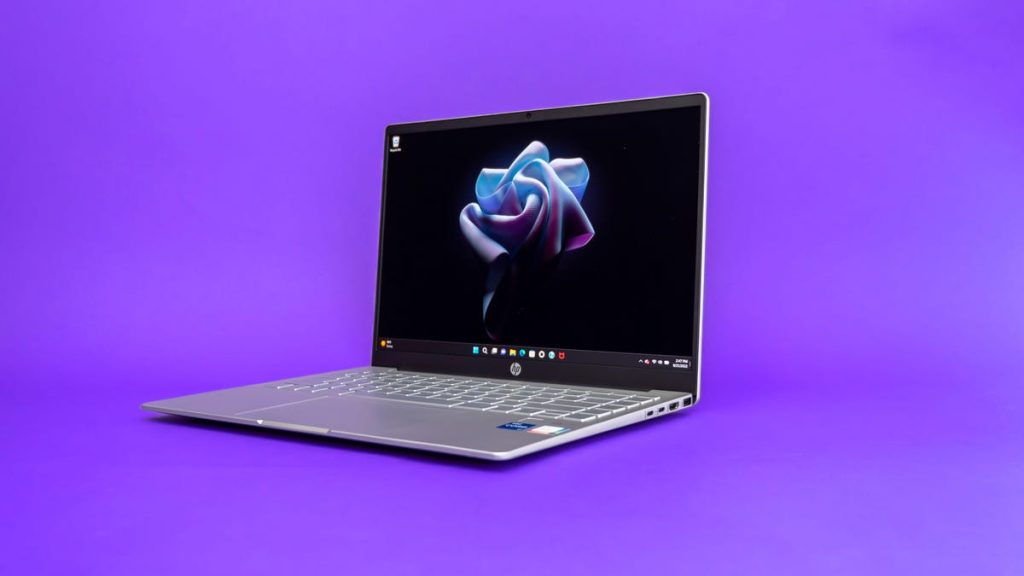When looking for a new laptop, price is often the first consideration for many people. It is recommended to stretch the budget a bit to get better specs, as upgrading components in laptops is becoming more difficult. Generally, spending more will get you a better laptop with faster performance, a nicer display, sturdier build quality, or a more comfortable keyboard. The sweet spot for a reliable laptop for average tasks is between $700 and $800, while models for creative work or gaming can start around $1,000. It is important to look for discounts on laptops in all price ranges to get more value for money.
The choice of operating system is a blend of personal preference and budget. Microsoft Windows and Apple’s MacOS can generally do the same tasks, except for gaming where Windows excels. If there is no specific application requiring a particular OS, choose the one that is most comfortable to use. Windows laptops offer a wider variety of options and price ranges compared to MacBooks, which have a starting price of $999 for the M1 MacBook Air. For those on a tight budget, Chromebooks are a good option if most of the tasks involve web browsing, writing, streaming video, or using cloud-based services.
Size is an important factor to consider when buying a laptop, as it affects the screen size, battery life, thickness, weight, and price. The size of the laptop is primarily determined by the screen, which also influences other physical characteristics such as connectivity options. When it comes to the screen, pixel density plays a crucial role in providing sharp text and interface elements. Factors like resolution and screen size need to be considered based on the type of content and tasks that will be performed on the laptop. Additionally, color accuracy and HDR support are important considerations for those who require it for their work or gaming activities.
The processor, or CPU, is the brain of the laptop and determines its performance. Intel and AMD are the main CPU manufacturers for Windows laptops, offering a wide range of processors designed for different styles of laptops. Apple uses its M-series chipsets for MacBooks, with varying core counts for different models. The number of cores and processor speed play a significant role in determining the performance of the laptop. The graphics processor (GPU) handles screen display and graphics-related operations, with integrated (iGPU) and discrete (dGPU) options available. For power-hungry tasks like gaming and video editing, a dGPU is recommended over an iGPU.
Memory is another crucial aspect to consider, with 16GB of RAM recommended for optimal performance. RAM stores data for currently running applications, and having enough memory can prevent slowdowns or swapping to slower storage. Cheaper laptops often have 4GB or 8GB of RAM, which can lead to a frustrating experience on Windows laptops. Storage options have shifted towards faster solid-state drives (SSDs) replacing traditional hard drives in laptops. SSDs offer better performance, but it is important to choose one that suits your needs and budget. Gaming laptops should opt for at least a 512GB SSD to store large game files without hassle.


